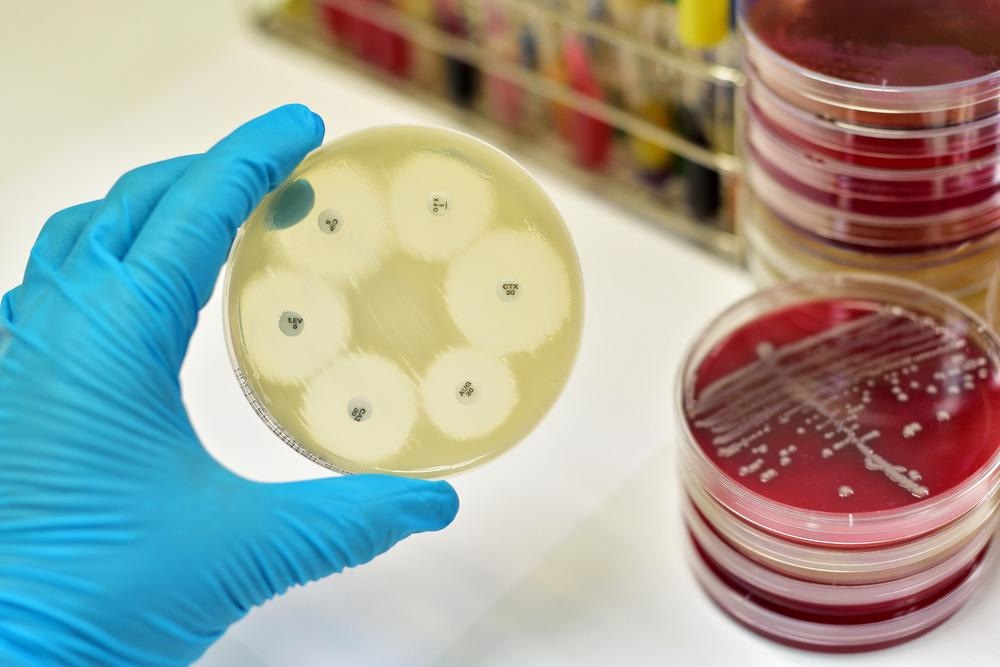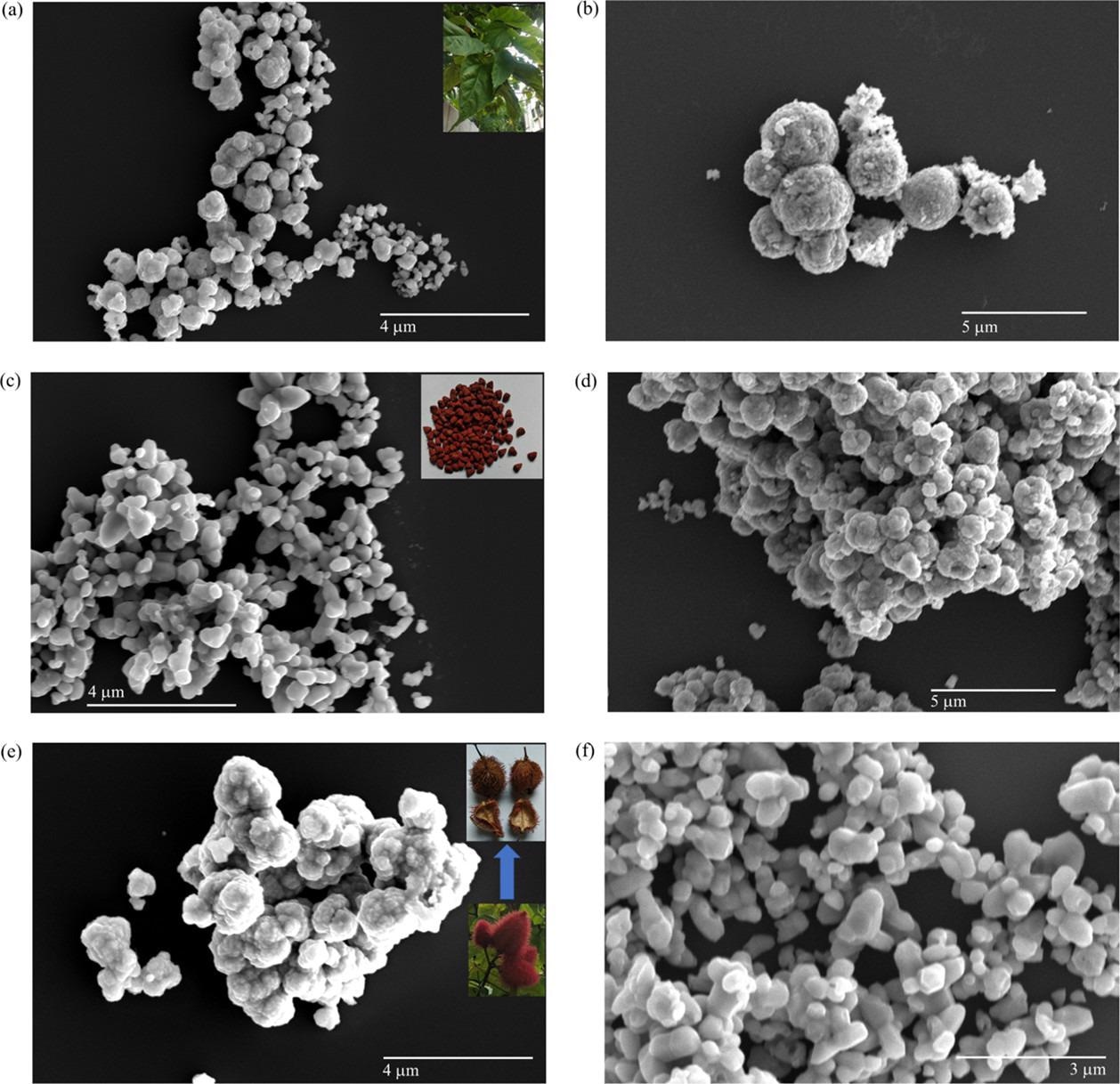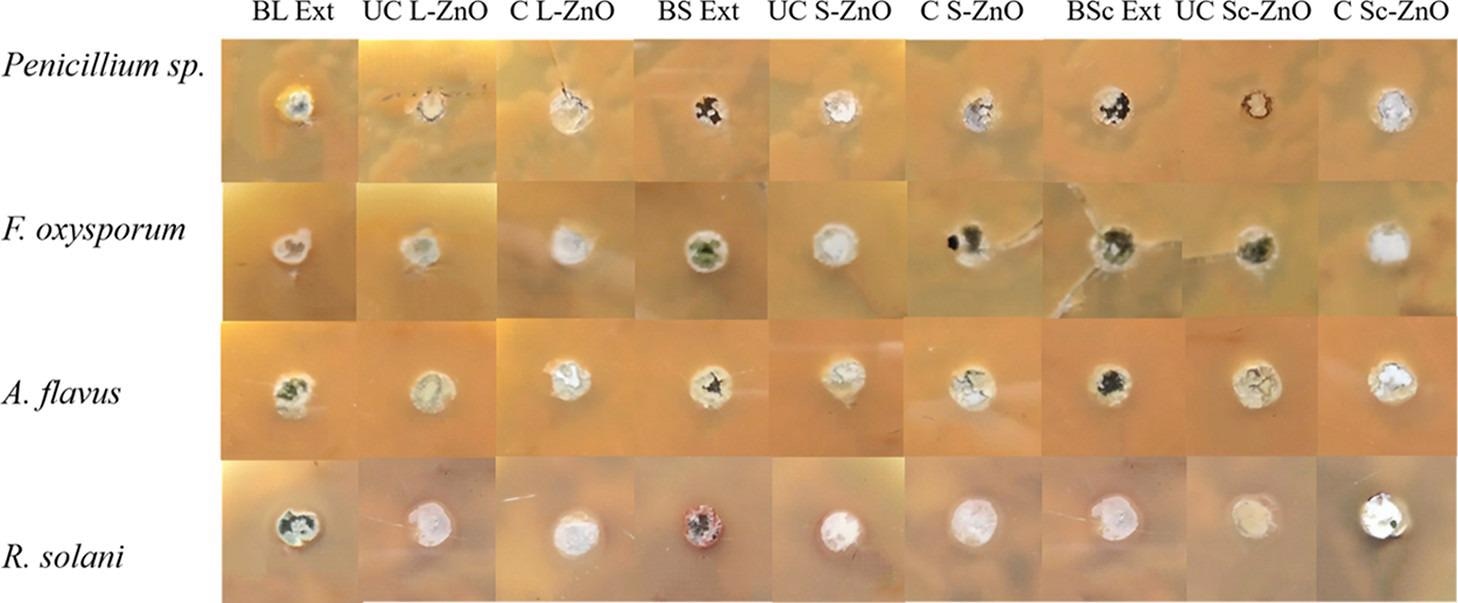A group of researchers reported the production of ZnO nanoparticles utilizing several plant components (leaves, seeds, and husks) of Bixa Orellana in a study published in the journal ACS Omega. Their antibacterial and bioactivity were reported.

Study: Non-antimicrobial and Non-anticancer Properties of ZnO Nanoparticles Biosynthesized Using Different Plant Parts of Bixa orellana. Image Credit: Jarun Ontakrai/Shutterstock.com
Typical cancer treatment is harmful to both normal and malignant cells; thus innovative techniques that target cancer cells directly are needed. Because of their biocompatibility, ZnO nanoparticles can prove intriguing. However, under certain conditions, ZnO nanoparticles are harmful to human cells, necessitating the development of novel synthesis methods for biocompatible ZnO nanoparticles to be employed as a transport mechanism in biomedical applications.
The Demand of Antimicrobial Agents
Because of the rising prevalence of microbial illnesses, there has been an ever-increasing need to produce new antimicrobial agents. Due to the development of resistant bacteria, a severe concern worldwide, standard antibiotics are ineffective.
Owing to their remarkable action against surface pollution, adherence, and colonization, which are all harmful to human health, nanoparticles may be regarded as effective antimicrobial agents.
ZnO as Suitable Candidate for Antimicrobial Activities
Zinc is one of the micronutrients needed by the human body to operate properly since it is essential to activate many enzymes.
Zinc oxide (ZnO), a known metal oxide, has a bandgap energy of 3.32 eV and excitation energy of ~58 eV, as well as being generally acknowledged as safe.
ZnO nanoparticles are famous for their antibacterial characteristics against various microbes, which has led to their usage in various disciplines, including nutrition, cosmetics, farming, healthcare, and pharmacology. Although the specific mechanism behind these activities is unknown, the production of reactive oxygen species (ROS) is a substantial contributor to antibacterial and antifungal capabilities.
Several studies have shown that when ZnO nanoparticles contact microbial species, fundamental changes in the microbe cell membrane occur, resulting in cytosolic permeability and, eventually, cell death.
Biocompatible ZnO Nanoparticles for Biomedical Applications
Zinc oxide in its natural state is hazardous to the environment. In trace levels, zinc molecules are hazardous to human and biological systems.
It is crucial to employ biocompatible ZnO nanoparticles in pharmaceutical applications since they may be used in alternative therapies that target cancer cells rather than normal cells.
Typical cancer therapies such as radiotherapy and chemotherapy, which have significant levels of toxicity towards malignant and normal cells, may be improved by this. As a result, there is a pressing need to concentrate efforts on developing non-toxic ZnO nanoparticles that will not provoke an immunological response when delivered to humans.

Morphological analysis of L-ZnO (a,b) with inset showing B. orellana leaf, S-ZnO (c,d) with inset showing B. orellana seed and Sc-ZnO (e,f) with inset showing B. orellana seed coat at different FESEM magnifications. © Gharpure, S. et al. (2022).
The Benefits of Biosynthesis Method to Produce ZnO
The physical and chemical techniques for producing ZnO nanoparticles have drawbacks, such as the need for precise monitoring, higher costs, and the use of dangerous chemicals, which restrict their usage in a variety of applications.
Biosynthesis has become one of the most popular ways for synthesizing ZnO for these reasons. Several studies have shown that ZnO nanoparticles may be made from various plant components. However, fewer studies have used diverse portions of the same plant to synthesize ZnO nanoparticles.
Furthermore, the usage of various components of the plant Bixa Orellana to produce ZnO nanoparticles has yet to be described. The researchers described the production of zinc oxide nanoparticles utilizing extracts from diverse components of the same plant, B. Orellana, such as a leaf, seed, and seed coat.
Research Findings and Conclusion
Utilizing several approaches, the researchers demonstrated a simple and cost-effective method for producing ZnO nanoparticles using diverse plant sections of B. Orellana. The striking variation in physicochemical characteristics of ZnO nanoparticles highlights the importance of various biomolecules derived from plant extracts in ZnO nanoparticle production.
After calcination, ZnO nanoparticles showed no antibacterial activity. Before and after calcination, ZnO nanoparticles were shown to be non-antifungal against all types of fungus.
The inert character of the as-synthesized ZnO nanoparticles was highlighted by their lack of antibacterial capability.
ZnO nanoparticles, both uncalculated and calcined, have little antitumor activity against HCT-116 cancer cells. ZnO nanoparticles are a good option for being employed as a carrier molecule for medication administration since they are non-antimicrobial and non-cancer.

Antifungal activity of uncalcinated and calcined L-ZnO, S-ZnO and Sc-ZnO nanoparticles before and after calcination at a concentration of 10 mg/mL against different fungi (Penicillium spp., F. oxysporum, A. flavus, R. solani) © Gharpure, S. et al. (2022).
Continue reading: Synthesizing ZnO Nanocomposites Using Pomegranates.
Reference
Gharpure, S. et al. (2022). Non-antimicrobial and Non-anticancer Properties of ZnO Nanoparticles Biosynthesized Using Different Plant Parts of Bixa orellana. ACS Omega. Available at: https://pubs.acs.org/doi/10.1021/acsomega.1c05324
Disclaimer: The views expressed here are those of the author expressed in their private capacity and do not necessarily represent the views of AZoM.com Limited T/A AZoNetwork the owner and operator of this website. This disclaimer forms part of the Terms and conditions of use of this website.